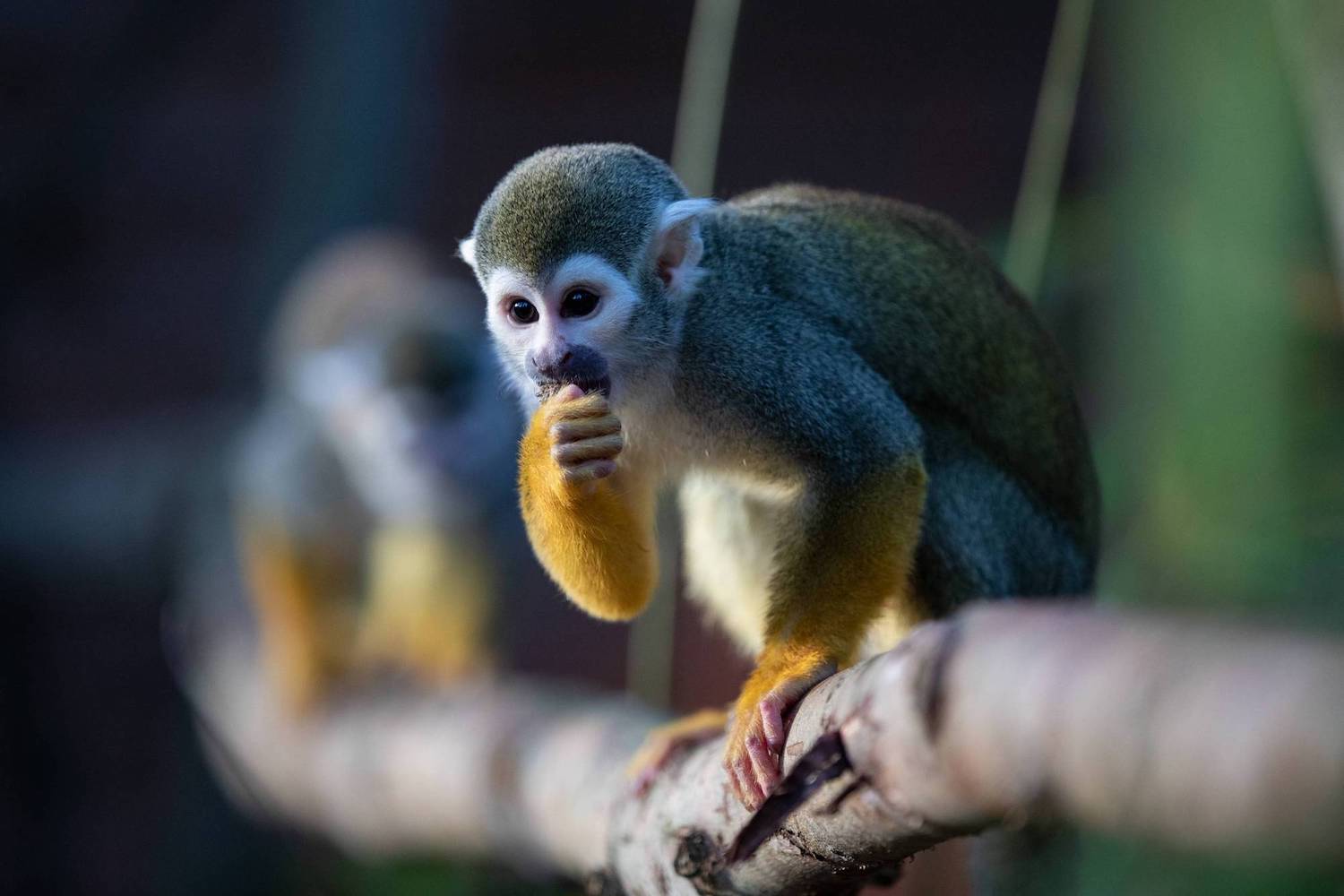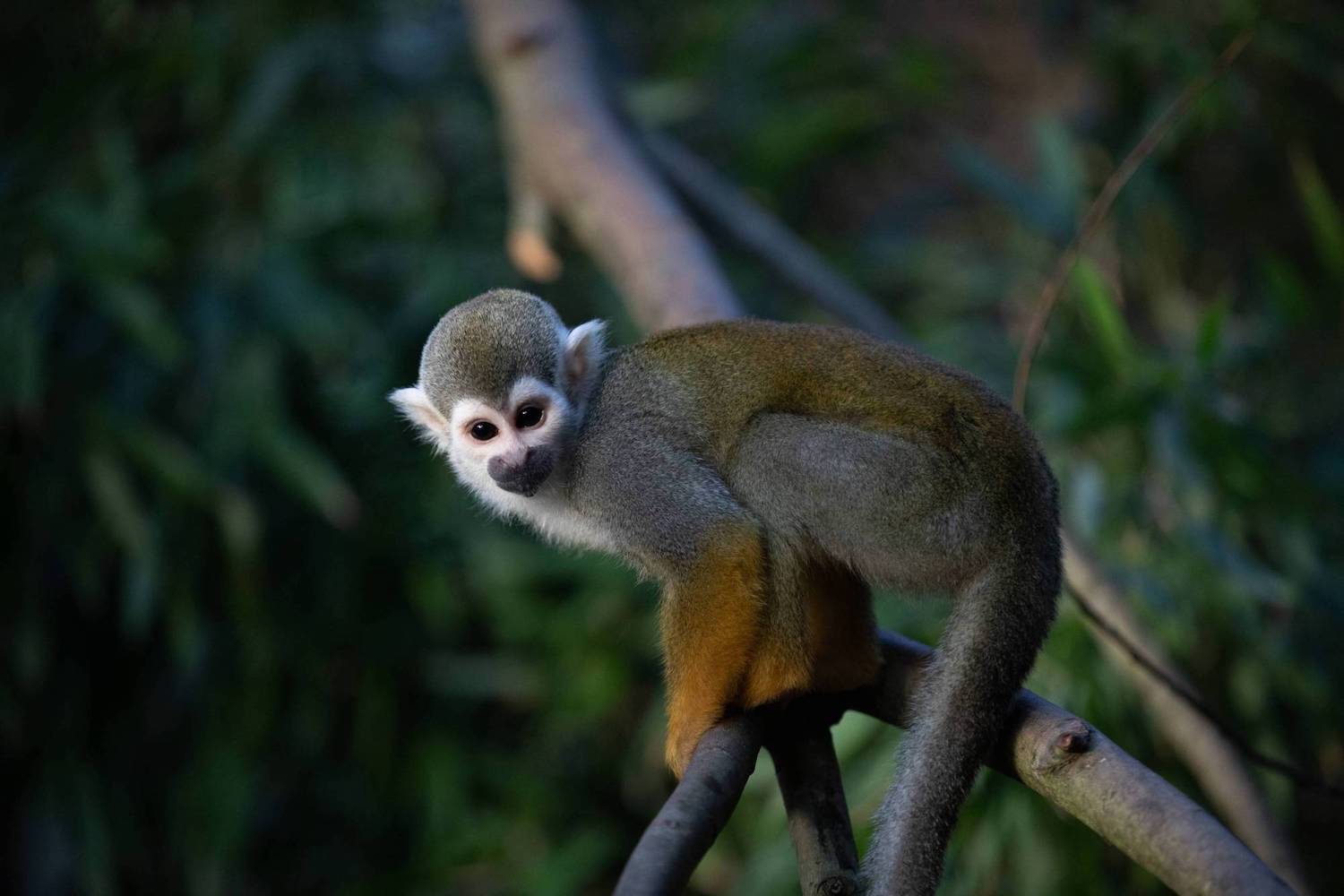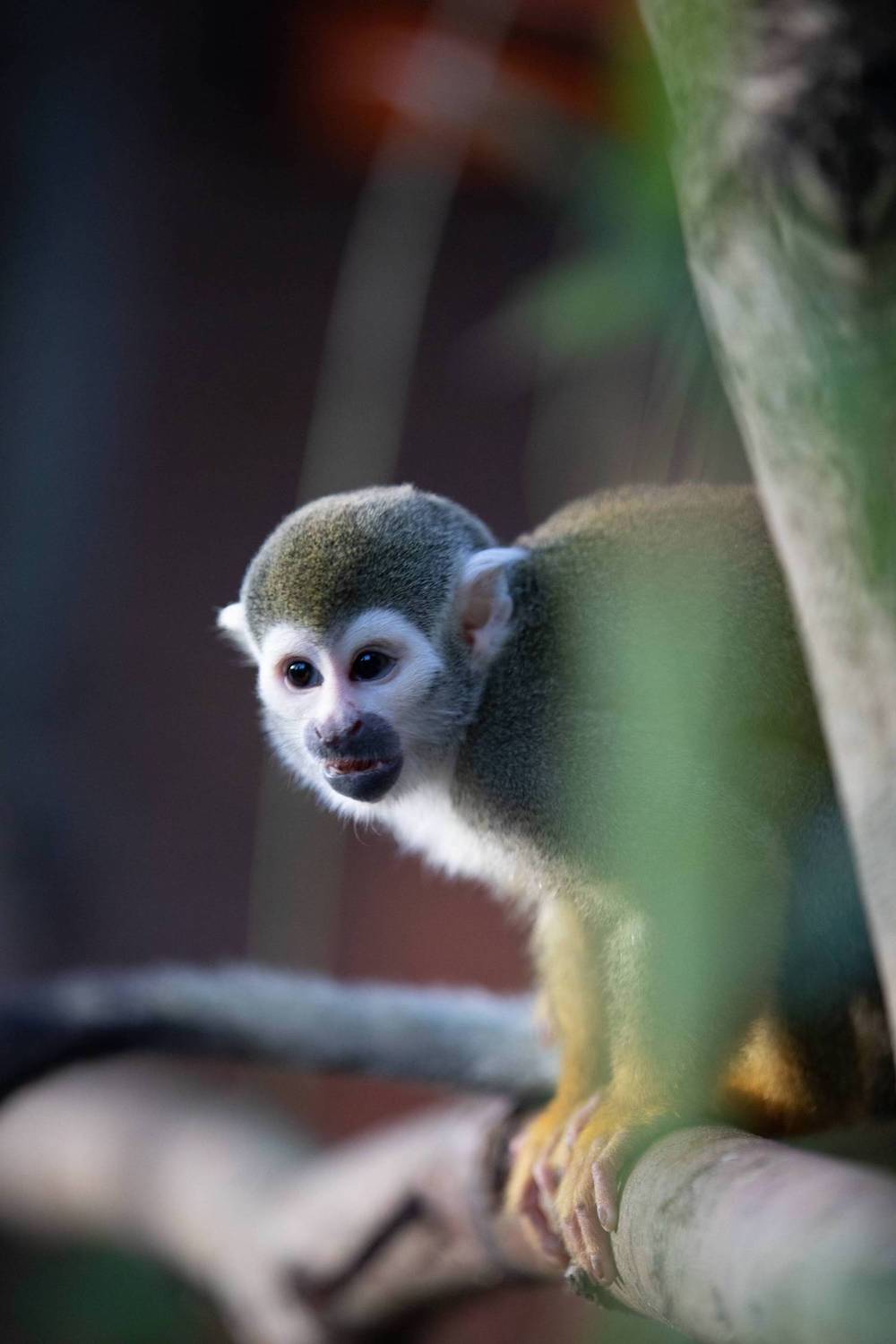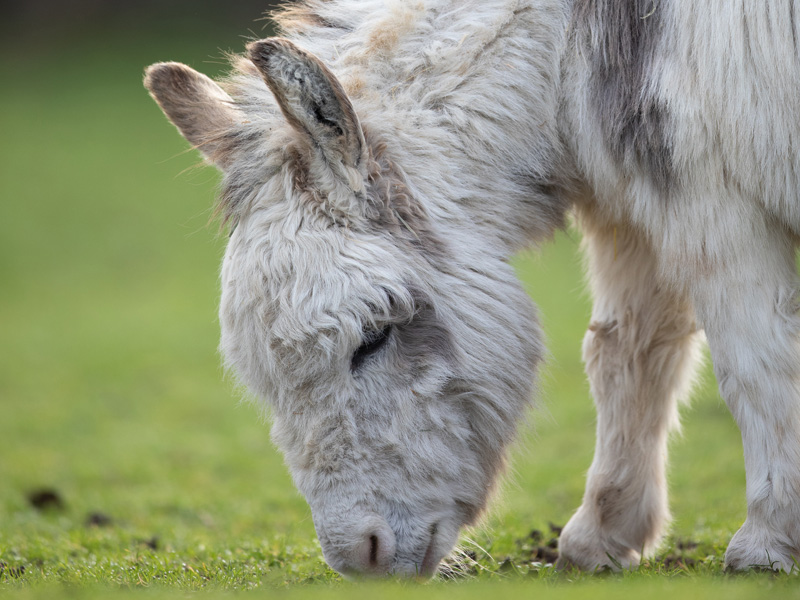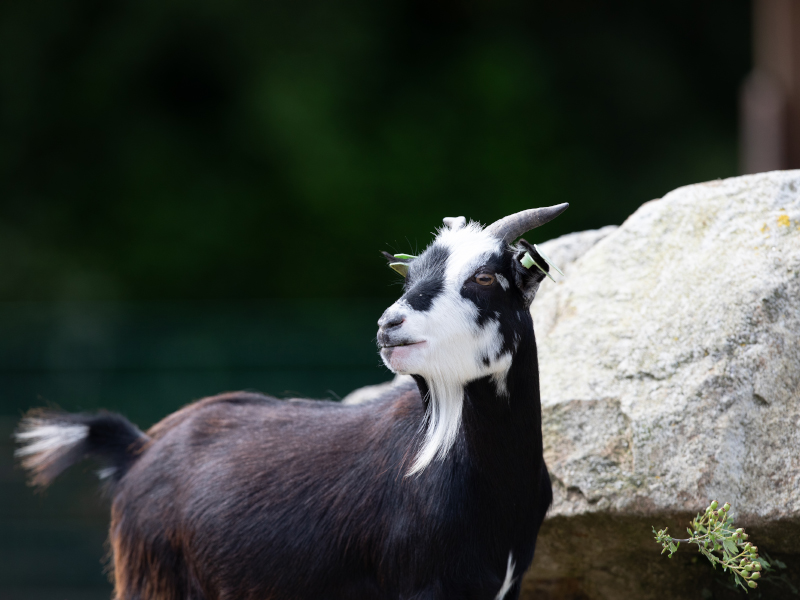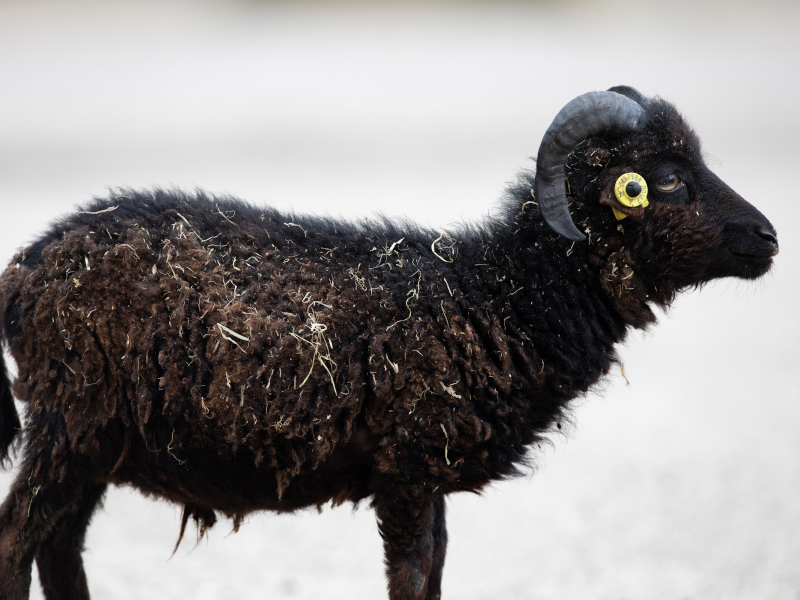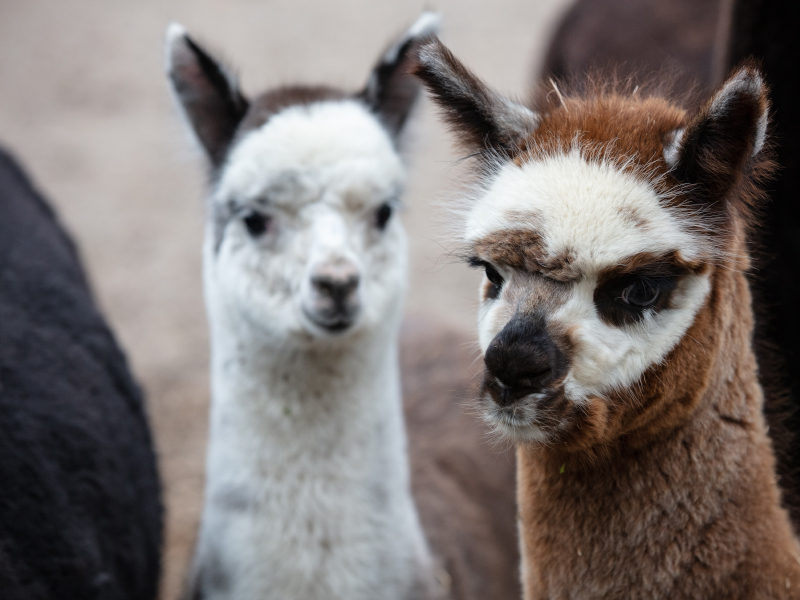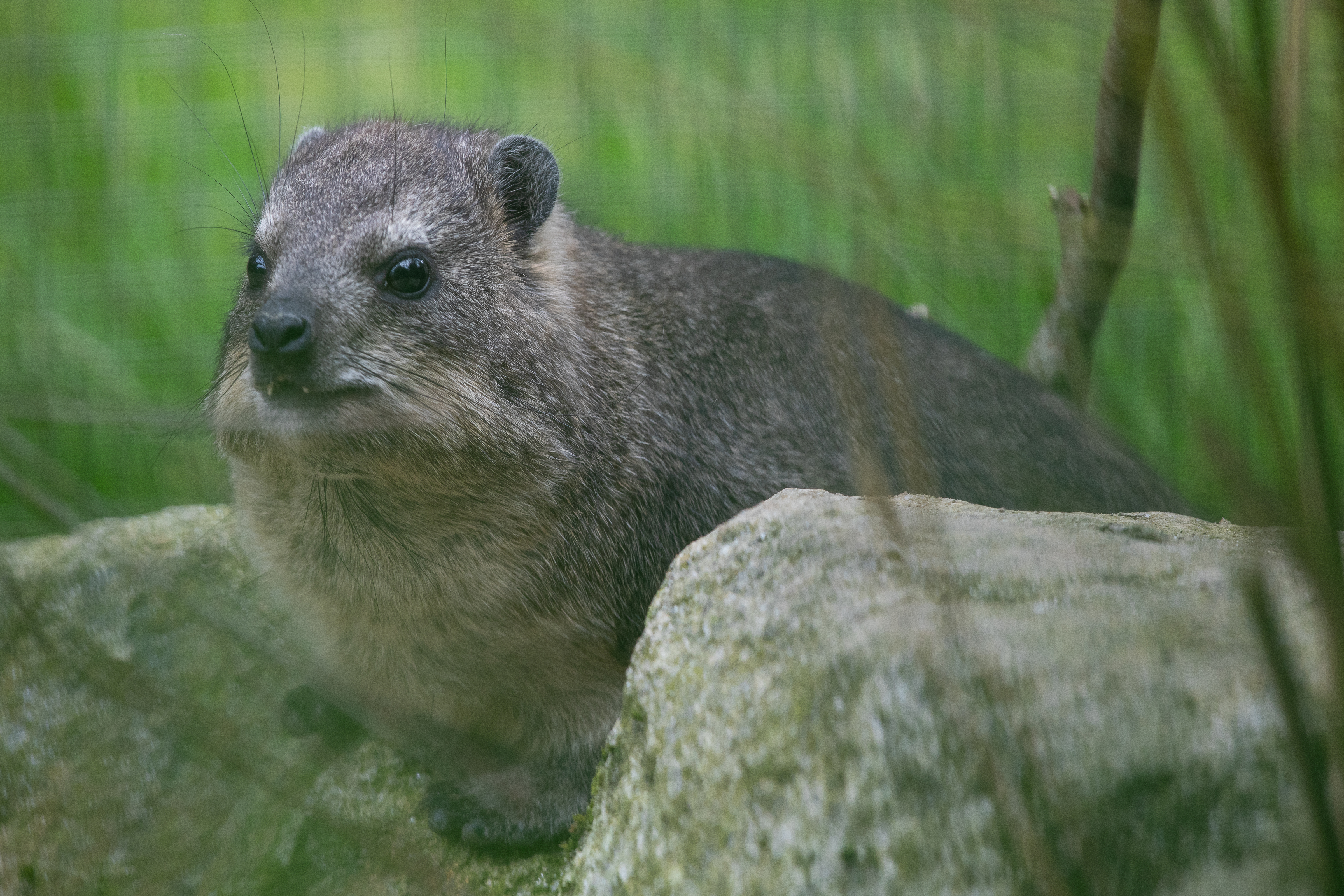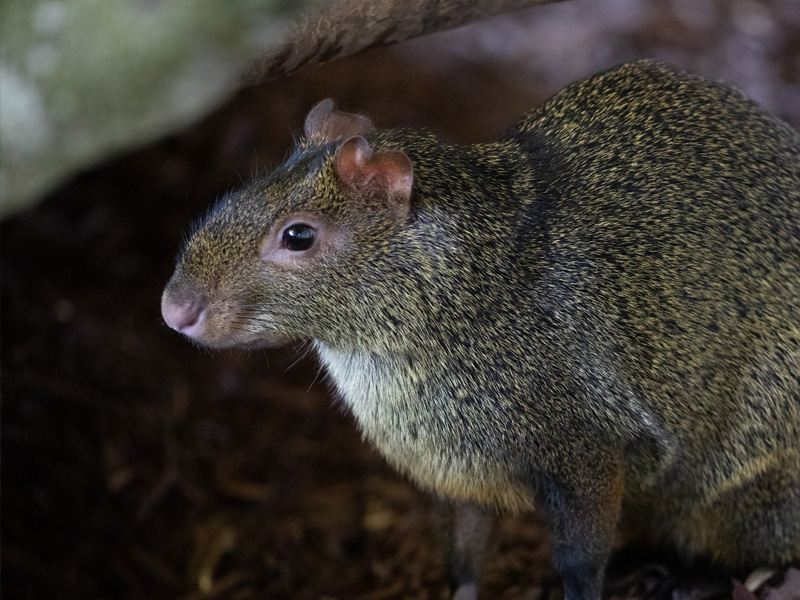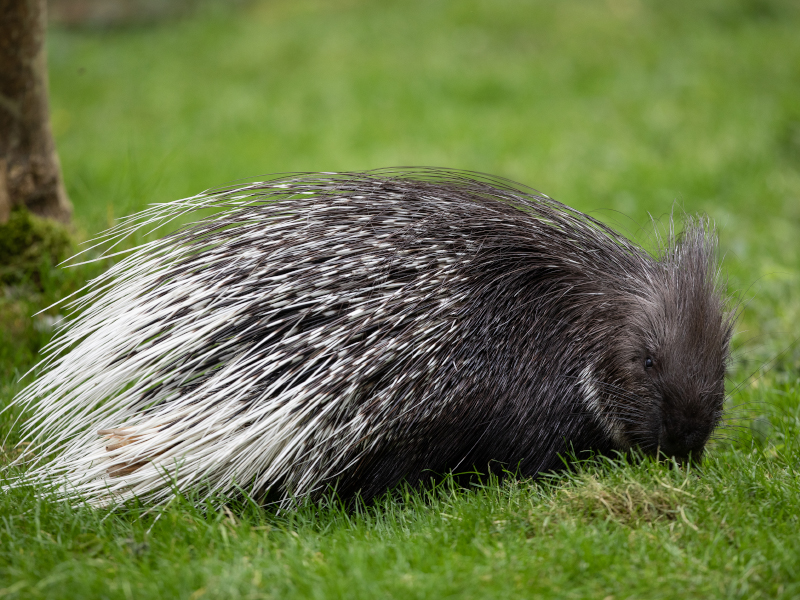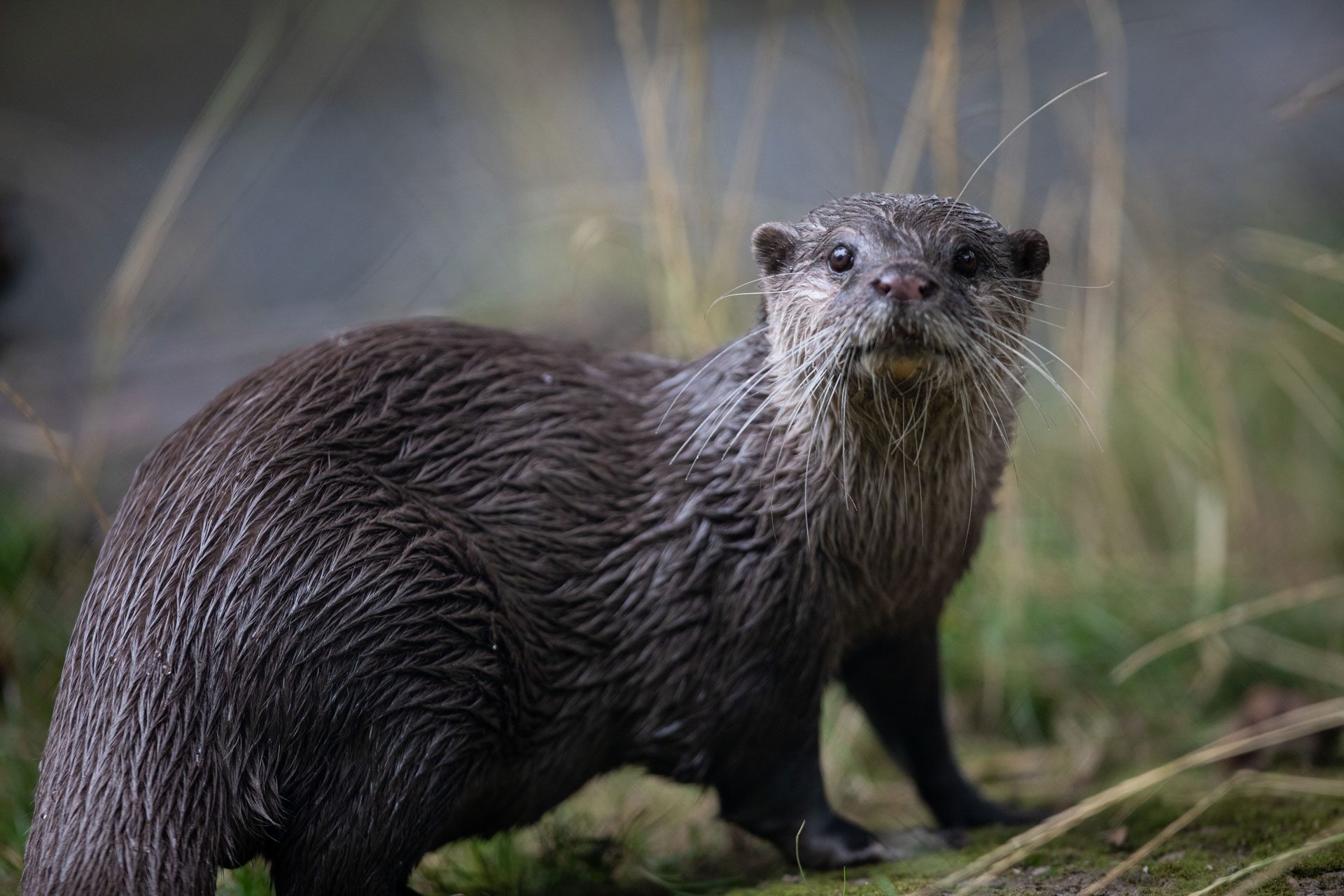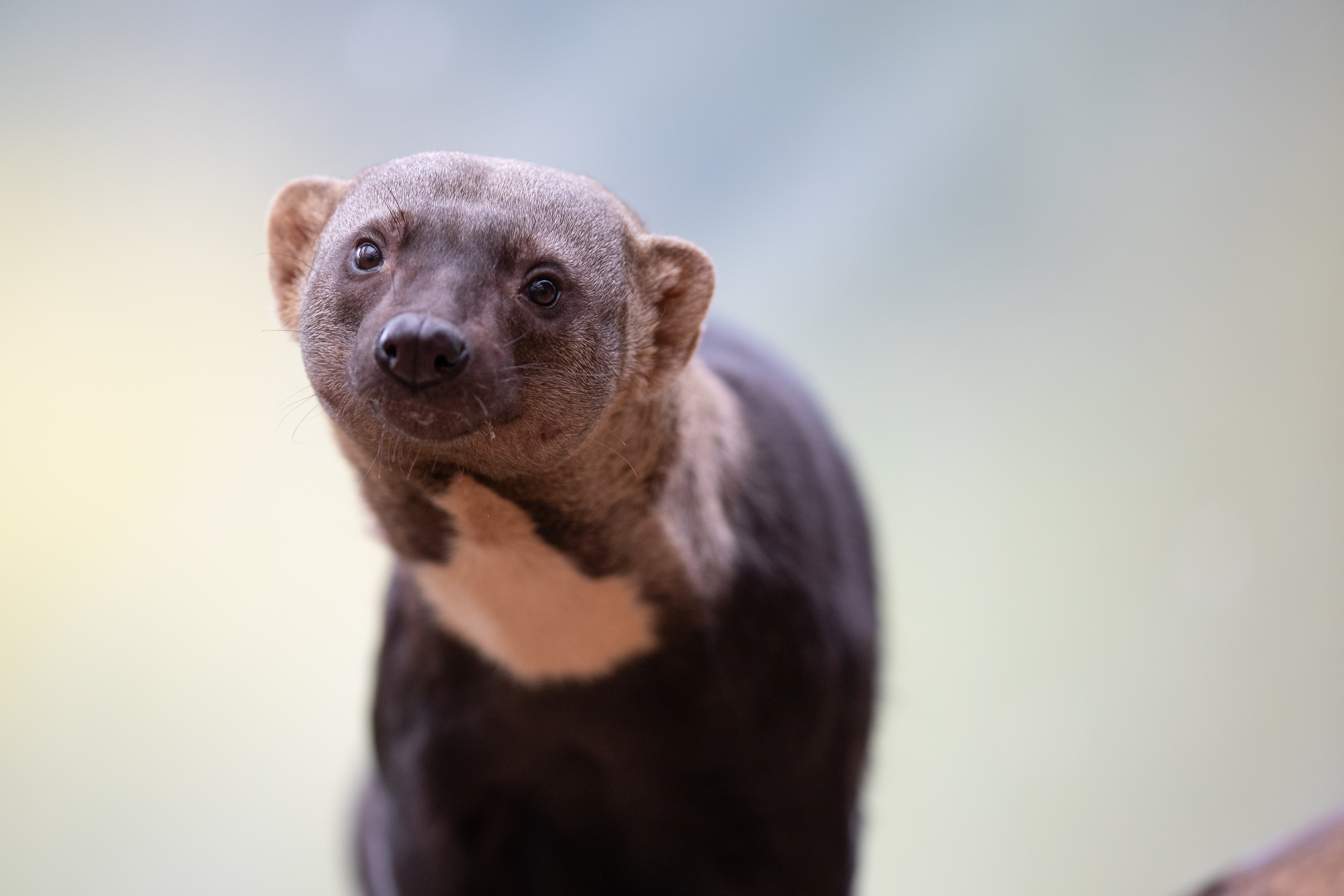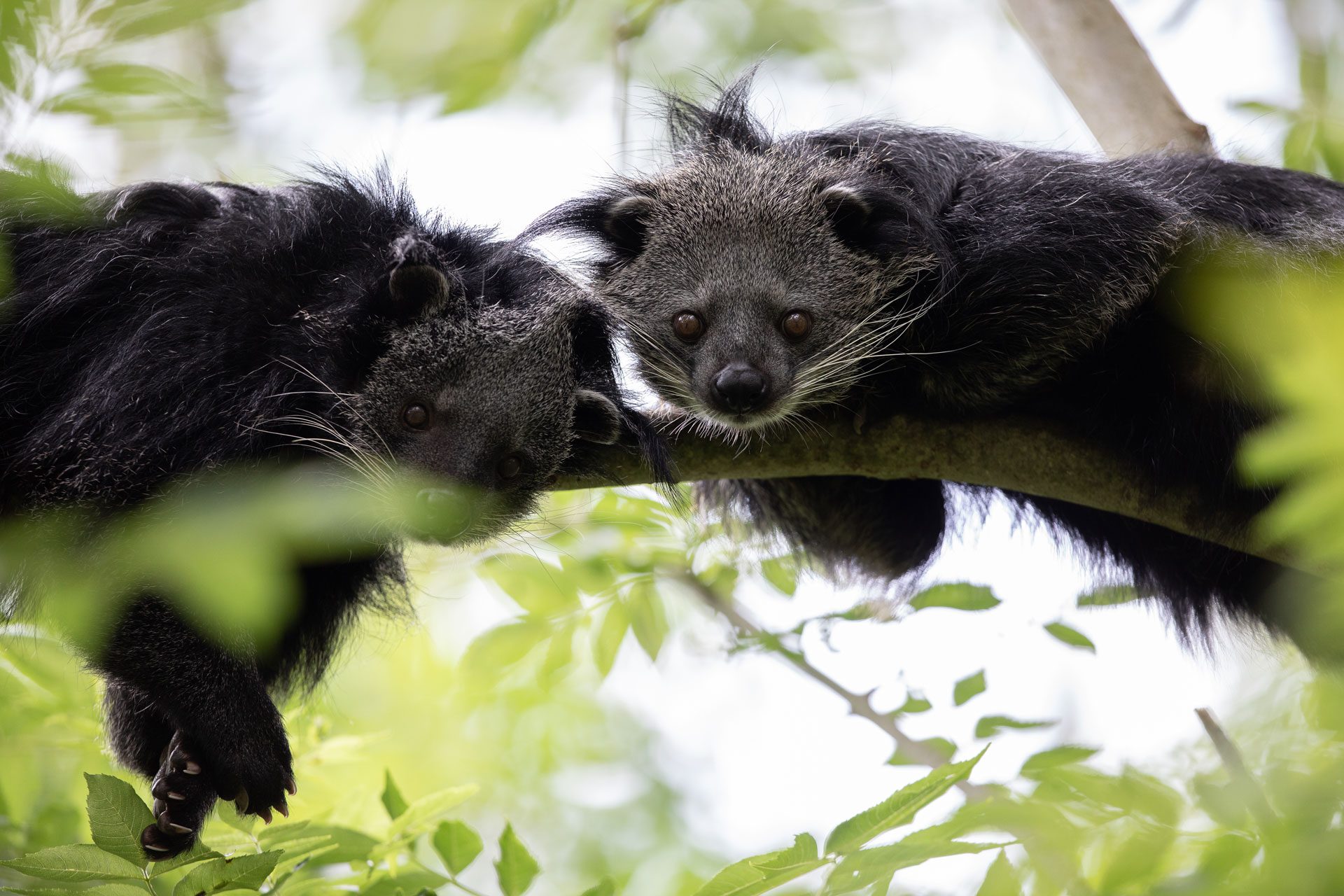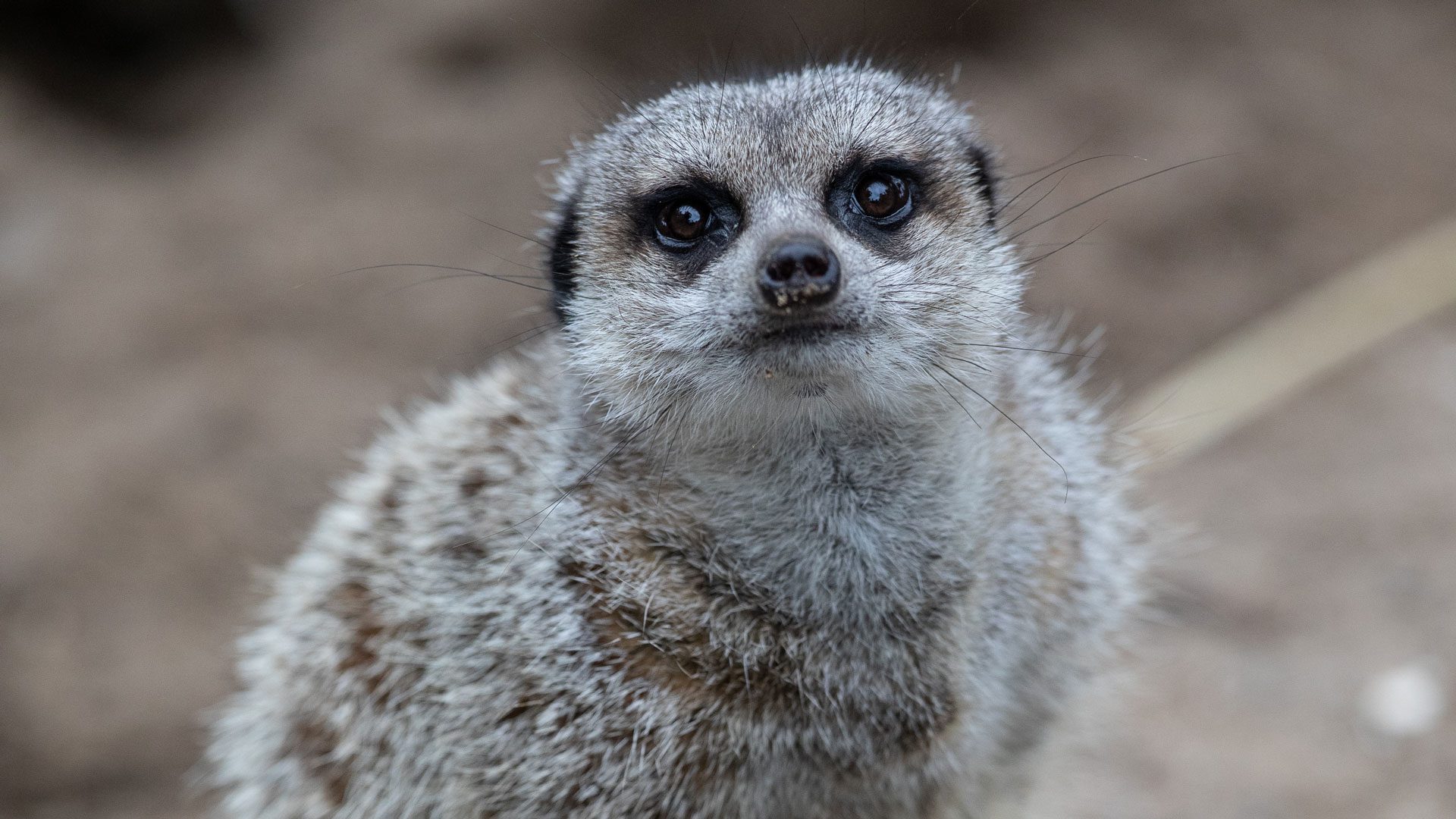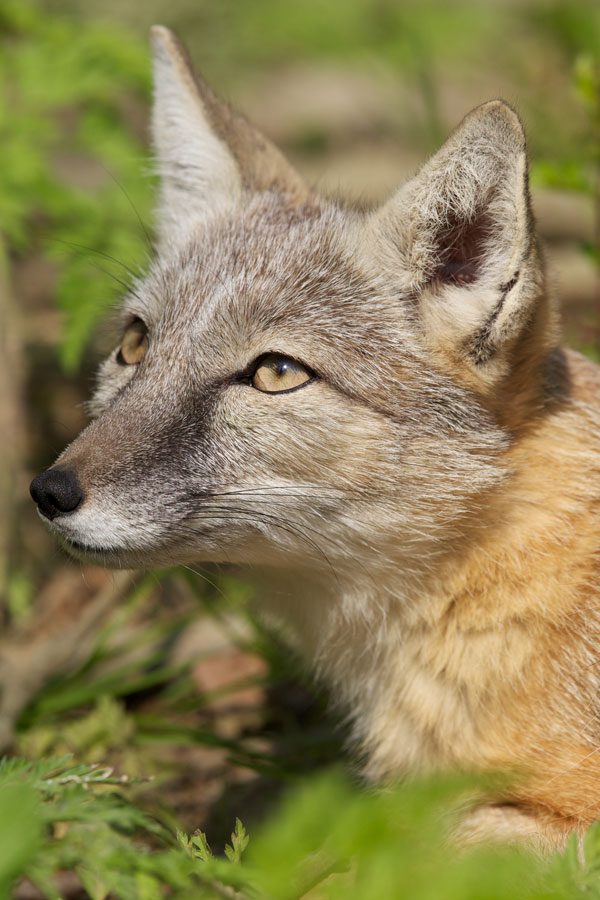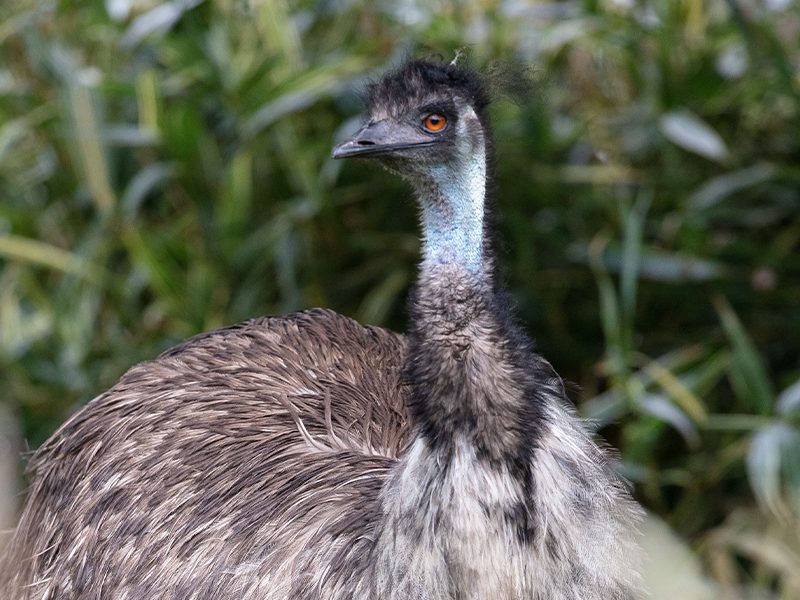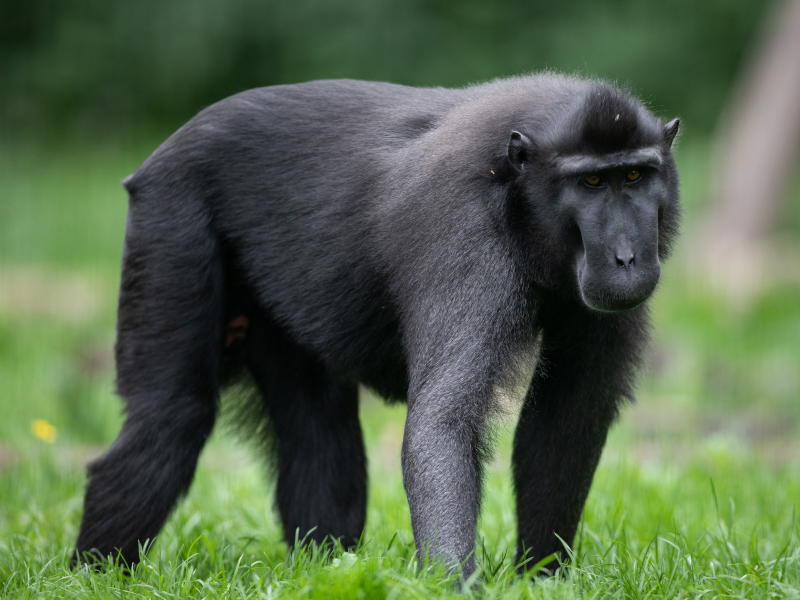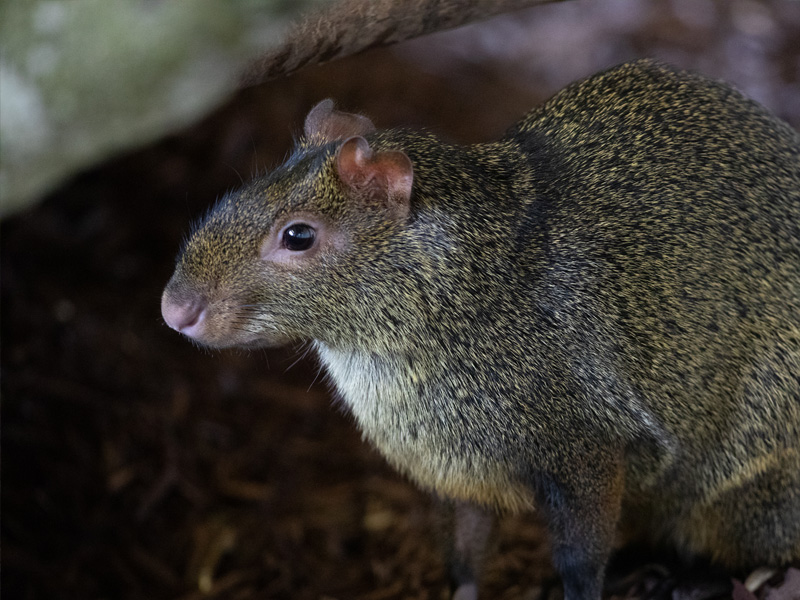Squirrel monkeys are a highly social species that live in large groups, sometimes reaching up to 300 individuals. They are a small primate who use many calls and scent marking to communicate with the group in the dense forest canopy.
They have a white mask of fur around their eyes, with dark brown or black around the mouth. Their fur is greyish brown in colour with yellow fur on their limbs.
Squirrel monkeys are extremely skilled climbers that spend most of their time high up in the tree canopy only occasionally coming down to the ground. Their long tail is not prehensile, it is used for balancing when jumping form tree to tree.
Squirrel monkeys play a key role in the ecosystem that they inhabit. By eating fruits, they carry out seed dispersal and therefore contribute to the healthy growth of plants in the rain forest.

Popular Searches
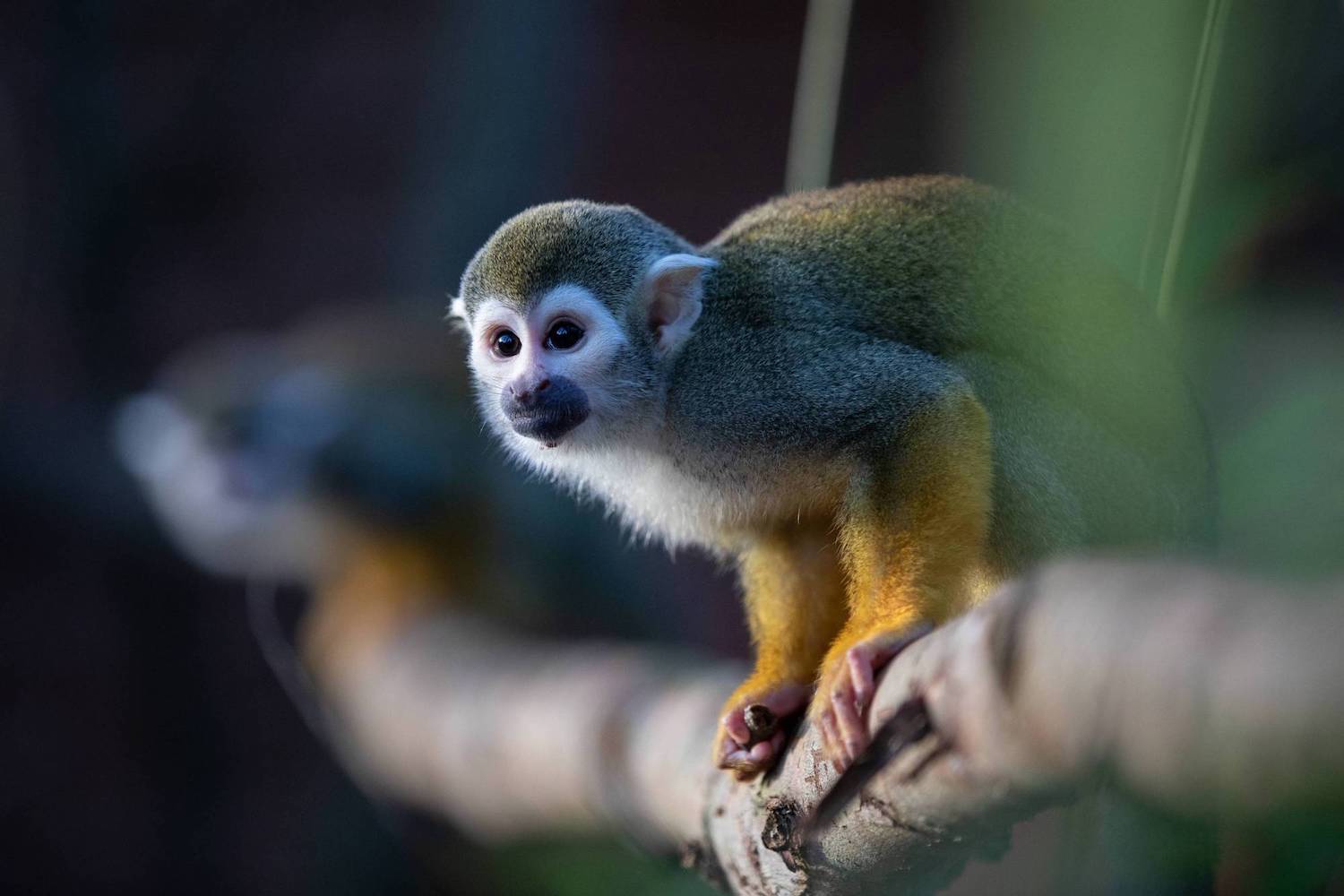
Squirrel monkey
-
Introduction
-
Conservation
Squirrel monkeys are classed as least concern.
Their population is under threat of decline due to habitat destruction and capture for the pet trade.
Emerald Park conservation contribution:
EEP
Squirrel monkeys are part of the EAZA Ex-situ Programme (EEP). This means that their population is managed to ensure that there are heathy individuals within EAZA member zoos should there be the requirement of reintroductions, to the wild, in the future. -
Habitat
Squirrel monkeys can be found in South America where they are resident in Guyana, French Guyana and Brazil. They will inhabit the upper canopy of the tropical rain forest.
-
Fun Facts
Squirrel monkeys breed seasonally. Females are responsible for almost all parental care, with the fathers taking no part in the rearing of the young.
When individuals spot a threat, they will communicate with the other members in the group by making a loud alarm call. This will be passed on through the group, which can span across a wide range, acting like a huge alarm system, for all other animals in the rain forest.



